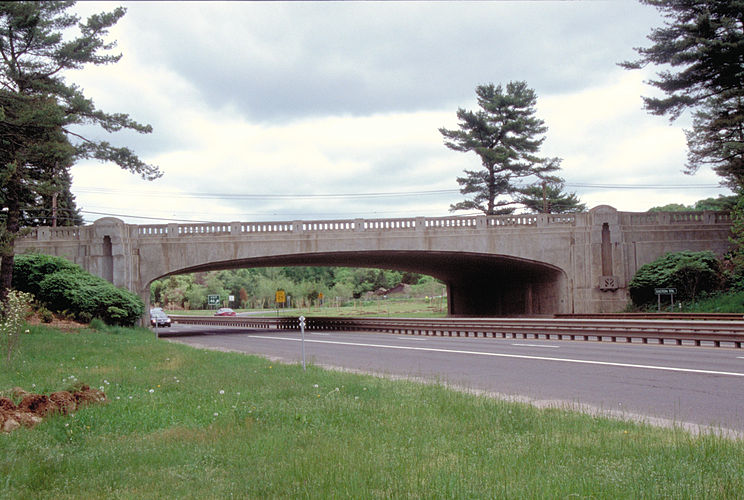Rigid frame bridges are sometimes also known as Rahmen bridges. In a standard girder bridge type, the girder and the piers are separate structures. However, a rigid frame bridge is one in which the piers and girder are one solid structure.
The cross-sections of the beams in a rigid frame bridge are usually I shaped or box-shaped. Design calculations for rigid frame bridges are more difficult than those of simple girder bridges. The junction of the pier and the girder can be difficult to fabricate and requires accuracy and attention to detail.
Though there are many possible shapes, the styles used almost exclusively these days are the pi-shaped frame, the batter post frame, and the V-shaped frame. The batter post rigid frame bridge is particularly well suited for river and valley crossings because piers tilted at an angle can straddle the crossing more effectively without requiring the construction of foundations in the middle of the river or piers in deep parts of a valley. V-shaped frames make effective use of foundations. Each V-shaped pier provides two supports to the girder, reducing the number of foundations and creating a less cluttered profile. Pi shaped rigid frame structures are used frequently as the piers and supports for inner-city highways. The frame supports the raised highway and at the same time allows traffic to run directly under the bridge





